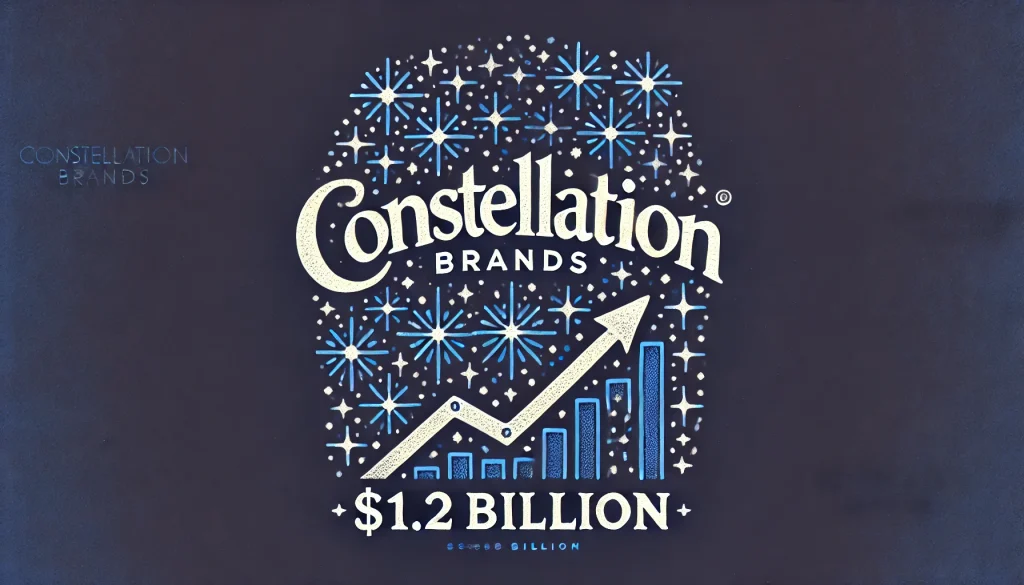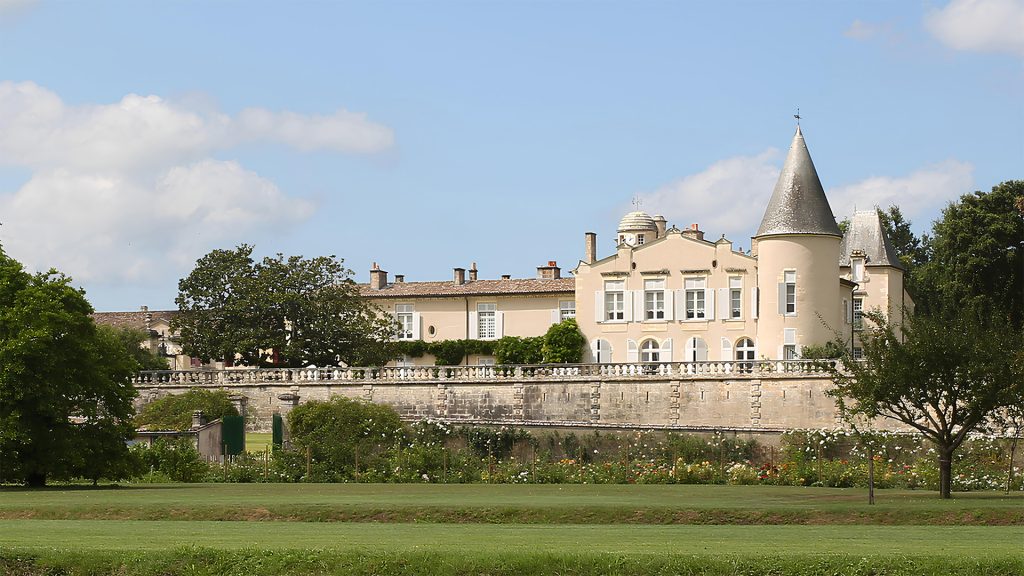The highly anticipated 2025 Crus Bourgeois du Médoc classification has been officially released, featuring 170 châteaux—down from 249 in 2020, a significant 37.7% reduction. The new ranking, which takes effect from the 2025 vintage, maintains its three-tier system: Cru Bourgeois Exceptionnel, Cru Bourgeois Supérieur, and Cru Bourgeois.
Stricter Selection Criteria Reduce the Number of Estates
The decrease in classified estates reflects both the evolving market challenges and the implementation of more rigorous selection standards. As in previous years, assessments were based on blind tastings of five vintages to ensure consistency and aging potential. However, estates now also had to meet stricter criteria regarding vineyard management, sustainability initiatives, and commercial performance.
To qualify, each estate submitted detailed dossiers covering environmental certification, sales strategies, and brand development. Every property was inspected to verify eligibility, with an increased emphasis on sustainability. Notably, Cru Bourgeois estates required at least Level 2 environmental certification, while Cru Bourgeois Supérieur and Exceptionnel châteaux needed Level 2 and Level 3 HVE (Haute Valeur Environnementale) certification.
A panel of 10 experts evaluated each application before a six-member jury, chaired by 1992 World’s Best Sommelier Philippe Faure-Brac, made the final distinctions. The highest-tier ranking, Cru Bourgeois Exceptionnel, required a two-thirds majority vote in a secret ballot.
Key Changes in the 2025 Classification
While the number of Cru Bourgeois Exceptionnel estates remains unchanged from 2020, the composition has shifted. Six estates retained their top-tier status, eight were promoted, and eight were removed.
Among those included in the prestigious Exceptionnel ranking are Château d’Agassac, Château Arnauld, Château Belle-Vue, Château Cambon la Pelouse, Château Charmail (Haut-Médoc), Château Lestage (Listrac-Médoc), Château Le Boscq, and Château Lilian Ladoulys (Saint-Estèphe).
Of these, six estates retained their top-tier status: Château d’Agassac, Château Arnauld, Château Belle-Vue, Château Cambon la Pelouse, Château Charmail (Haut-Médoc), and Château Lestage (Listrac-Médoc).
The updated classification aims to provide greater transparency and consistency for consumers while allowing high-performing châteaux to distinguish themselves in the competitive Bordeaux market.
Industry Reactions and Future Outlook
Armelle Cruse, vice-president of the Alliance des Crus Bourgeois, emphasized the importance of raising selection criteria: “We have chosen to elevate the requirements for the 2025 classification to ensure the entire Crus Bourgeois family continues producing wines that are diverse, reliable, and of the highest quality.”
Philippe Faure-Brac highlighted the market implications of the changes: “The classification is designed with consumers in mind. It offers guarantees in terms of quality and production standards, providing essential guidance in navigating the wide array of Bordeaux wines.”
The rigorous selection process and increased focus on sustainability signal an ongoing shift within Bordeaux’s wine industry. As environmental concerns and consumer preferences evolve, the Crus Bourgeois classification remains a vital reference point for wine lovers seeking high-quality Médoc wines.
For the complete list of classified châteaux, visit the official Crus Bourgeois website. Download list.pdf

